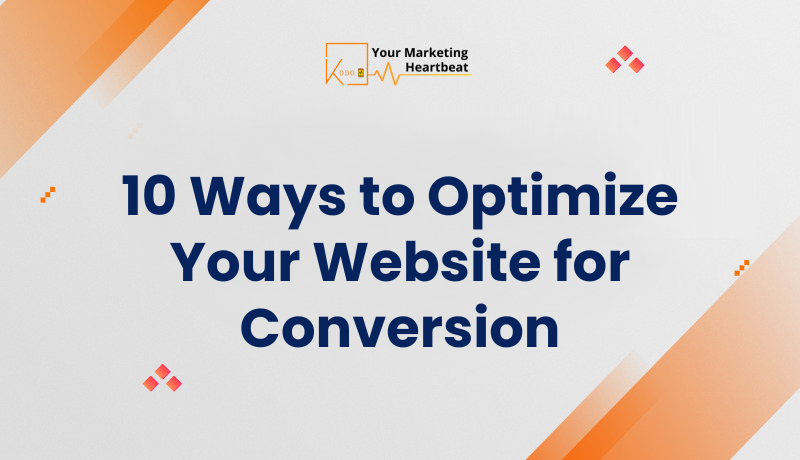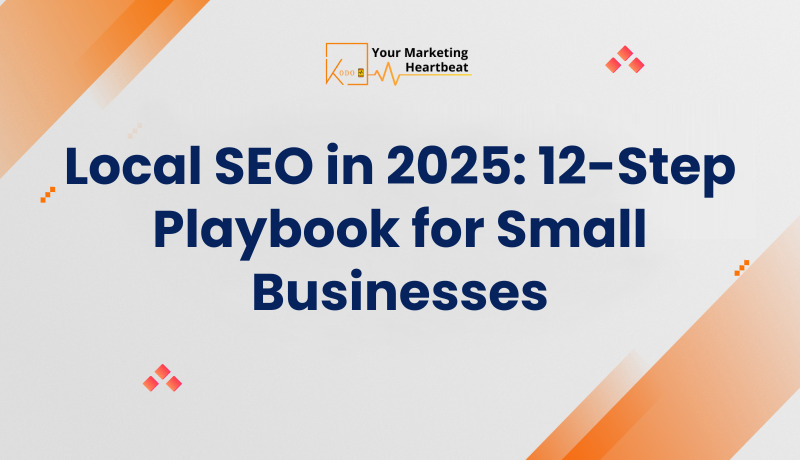
Your website is a vital tool for attracting visitors, but its real power lies in converting those visitors into leads, customers, and loyal supporters of your brand. Conversion rate optimization (CRO) is the process of improving your website to achieve this goal. In this comprehensive guide, we’ll explore 10 proven ways to enhance your website for better conversions and higher ROI. Let’s dive in!
Navigation is the backbone of your website’s usability. When visitors land on your site, they need a clear path to find the information or products they’re seeking. If your navigation is unclear or poorly structured, you risk losing potential customers.
A clean and logical navigation setup makes your site more user-friendly, keeping visitors focused on your offerings.
Mobile devices now account for a majority of web traffic globally, so ensuring a seamless experience for mobile users is essential. A website that doesn’t perform well on smartphones and tablets risks losing a significant audience share.
By prioritizing mobile responsiveness, you not only increase conversions but also improve search engine rankings, as mobile performance is a key SEO factor.
Page load speed plays a critical role in user satisfaction and conversions. A slow website can frustrate visitors, leading to higher bounce rates and lost opportunities.
Speed is not just about performance—it directly influences your users’ trust and willingness to engage with your site.
Your CTAs guide users toward your desired outcomes, whether it’s signing up for a newsletter, purchasing a product, or downloading a resource. A well-designed CTA can make all the difference in driving conversions.
Compelling CTAs serve as a direct pathway for users to engage with your brand meaningfully.
Forms are a critical part of lead generation, but overly complicated forms can deter users from completing them. Streamlining your forms can significantly improve your conversion rate.
Simplified forms create a frictionless experience, making it more likely that visitors will follow through.
Visuals captivate attention and communicate messages more effectively than text alone. Including high-quality media can significantly boost engagement and conversions.
Strong visual content enriches the user experience, making visitors more likely to stay and convert.
7. Build Trust with Social Proof
Social proof reassures potential customers by showcasing the positive experiences of others, fostering trust in your brand.
By incorporating social proof, you can alleviate doubts and strengthen user confidence in your offerings.
Testing different elements of your website can reveal what works best for converting visitors. A/B testing is a structured way to compare variations and make informed decisions.
Continuous experimentation helps refine your approach and keeps your website performing at its best.
Understanding the needs of your audience and crafting content that aligns with their intentions is critical for engagement and conversions.
When your content is relevant and useful, visitors are more likely to interact and convert.
Visitors often have questions that need immediate answers. Providing real-time support removes barriers to conversion and enhances the customer experience.
Real-time support not only increases conversions but also fosters a positive impression of your brand.
Q1. What is website conversion optimization?
Website conversion optimization focuses on enhancing various elements of a site to encourage users to take desired actions, such as purchasing a product or signing up for a service.
Q2. How does mobile optimization influence conversions?
A mobile-optimized site ensures a seamless experience on smartphones and tablets, making it easier for users to engage and convert.
Q3. Why is page load speed critical?
Faster page load times reduce bounce rates, improve user experience, and positively impact SEO rankings.
Q4. What is A/B testing, and why is it important?
A/B testing compares two versions of a webpage to identify which performs better, allowing data-driven improvements.
Q5. How can trust-building enhance conversions?
Trust-building elements like testimonials, certifications, and security seals reassure users, reducing hesitancy and increasing conversions.
Optimizing your website for conversions requires a combination of thoughtful design, user-friendly features, and strategic planning. By simplifying navigation, enhancing mobile usability, ensuring fast load speeds, and using strong CTAs, you can create a seamless user journey that encourages engagement and drives results.
Remember, conversion optimization isn’t a one-time effort—it’s an ongoing process. Regularly analyze data, test new approaches, and adapt to changing user behaviors to keep your site performing at its best. With dedication and these proven techniques, your website can become a powerful tool for driving growth and achieving business success.



April 23, 2024